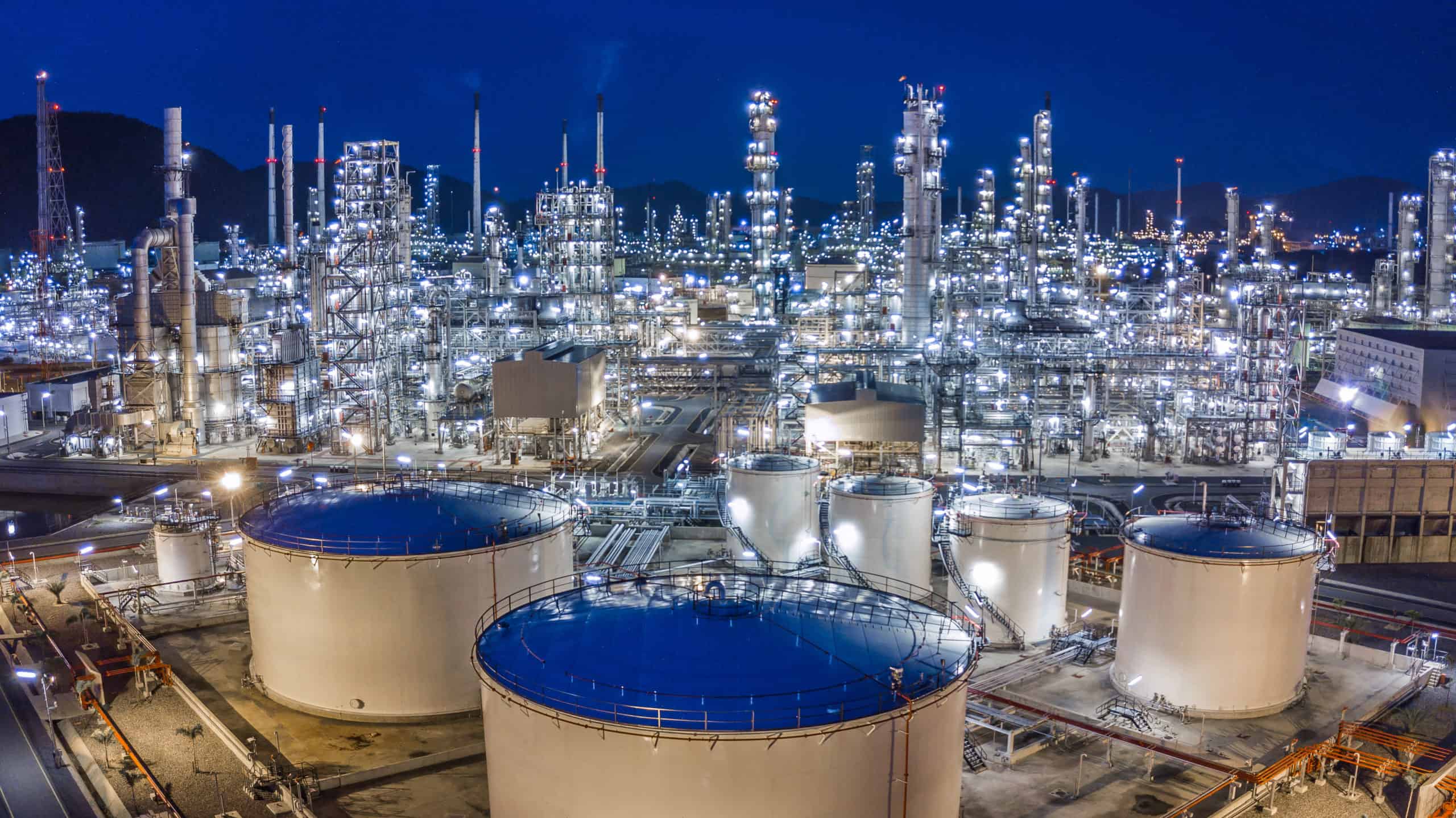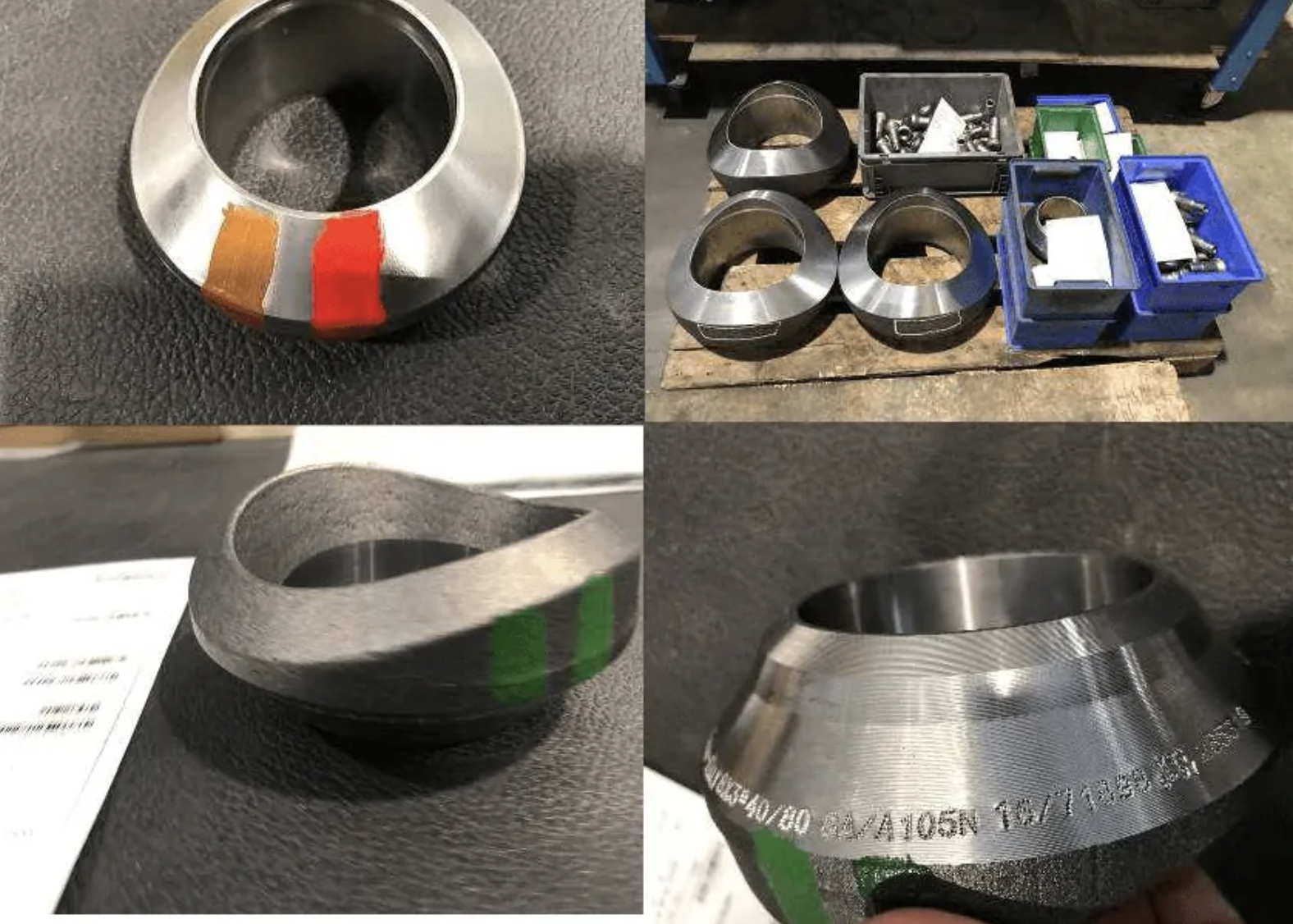What Are Some Water Storage Tank Inspection Options?
Of all the maintenance that water storage tanks require, none is more critical than regular inspections by qualified contractors.
Because there are so many vessel designs made with so many variables, no one water tank inspection process is sufficient for all of them.
Depending on the tank design and materials, what the tank is used for, external and internal conditions, and the type of tank maintenance being provided to keep each unit corrosion-free, some or all of these various inspection options are recommended.
- Visual Inspections
Visual inspections of water storage tanks are the most basic of all reviews and can be done frequently and easily.
They involve simply making a thorough visual inspection of the exterior and interior of the vessel.
Tanks are opened up, and the interior viewed and recorded from the outside, with any corrosion and other damage noted and tank maintenance programs tailored according to these visual findings.
Visual inspections are the least expensive inspections to perform, but it must be noted that without actually seeing the whole inside of the tank more thoroughly, they are also the least definitive.
- Washout or Dry Inspections
In comparison to basic visual inspections, washout or dry inspections are the other ends of the spectrum.
These water tank inspections involve taking the tank offline and shutting it down, draining all the water, then washing the inside and removing any sediment in the bottom.
When the interior dries out, it is then possible to do a total inspection of the whole tank and note all areas that require attention.
With the tank drained, this is an ideal time to take care of needed water tank maintenance and repairs as well as apply new protective coatings.
They should be performed by a qualified contractor once every three years.
- ROV Inspections
Remote Operated Vehicle or ROV inspections are a bit of a closer look than a visual inspection, but not as close as what is attained by draining and washing out the water storage tank.
This method is done using a submersible camera that is driven around all parts of the tank to record imagery which can then be used to analyze its condition afterward.
If problems are discovered, the tank can then be drained and repaired.
- Dive Inspections
Of all the techniques used that do not require the vessel to be emptied, dive inspections are the most detailed.
These water tank inspections involve divers that actually go into the tank to examine the interior up close.
Divers can also remove sediment at the bottom of the tank, which is an added benefit.
They cannot make repairs or apply coatings, so if any of that is needed, the tank must still be emptied.
Get Water Storage Tanks Inspected The Right Way
There are four ways that water storage tanks can be inspected: visually, remotely, by divers, and after draining as well as washing out the vessel.
Most tanks should have a washout inspection a minimum of once every three years.
Between those times, remote and diver water tank inspections should be performed based on the tank engineer’s recommendations and routine visual inspections more often than that.
Regardless, to keep up with storage tank maintenance and stay aware of interior conditions, some of these methods, along with complete draining and washouts, should be performed.



